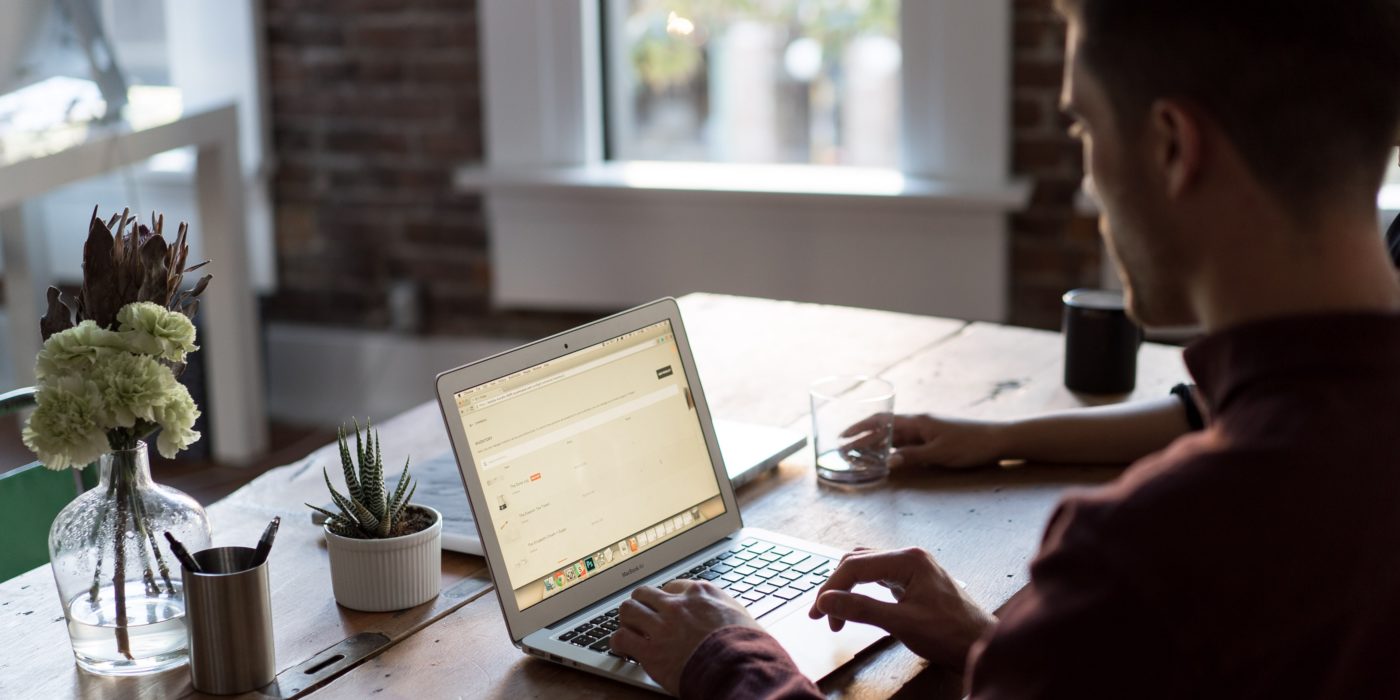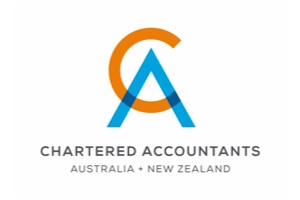April 17, 2018
Financial statements can seem daunting if you don’t understand what they mean and what they tell you about your business.
As a business owner though, it’s important you know how to read and analyse these to get an accurate picture of your financial situation.
To help you get the most out of your financial statements, we’ve created a three-part blog series that outlines and explains the three most common financial statements, what they tell you about your business, and what you need to know about each one.
The three most important and most common financial statements that we’ll cover are:
- Balance Sheet
- Profit and Loss
- Cash Flow Statement
Let’s kick-off this month with the Balance Sheet…
The Balance Sheet, also called the Statement of Financial Position, tells you what your financial position is at a particular moment in time.
It lets you know exactly what things of value your company controls (your assets) and who owns those assets: someone else (liabilities) or you, the business owner (owner’s equity).
Assets = Liabilities + Owner’s Equity.
The Balance Sheet is so named because the two sides of the balance sheet ALWAYS add up to the same amount, i.e. it balances! The balance sheet is separated with assets on one side and liabilities and owner’s equity on the other.
Assets are anything of value your business controls regardless of who owns it. Cash, equipment, your inventory and any accounts receivable are all assets.
Here’s a key factor to keep in mind: The financial ownership doesn’t matter, it’s considered an asset if it’s in the possession of your business, and that includes financed vehicles. For example, if your work vehicle is financed by a bank loan, the vehicle may be entirely or partly owned by the bank, but it’s still considered an asset as far as calculating your Balance Sheet is concerned.
All of the assets owned by a business fall into one of two categories. They’re either owned by a creditor (you had to take a loan to get them) or they’re owned by you (you paid for them in full).
Liabilities are the debts that you owe to other people, things like credit card balances and supplier invoices. All debts and financial obligations that require payment are listed here.
These are the most common liabilities on a balance sheet:
- Current liabilities:What you’ll have to pay out within the next 12 months including things like income tax, salaries, loan instalments and deferred revenue. Deferred revenue is any money you’ve been paid in advance; it’s a liability because you are still to provide what you’ve been paid to do. Once the sale is completed, it becomes revenue.
- Accounts payable: This is any money your business owes, usually for goods or services to a supplier.
- Non-current liabilities (long term liabilities): This refers to any money that your business will be paying over periods longer than 12 months. It includes things like loans and long-term leases but remember, it doesn’t include the next 12 months of payments as these are listed in the current liabilities.
Owner’s Equity represents the business assets that are owned free and clear. In simple terms, if you were to liquidate all of your business assets and pay off all the business debts, the amount that is left over would be your Owner’s Equity.
An interesting factor to keep in mind: The owner’s equity is not necessarily what the business is worth if you were to sell it. Businesses usually sell based on a multiple of their earnings, the value of a business will usually be greater than the owner’s equity value. This is called the Book Value.
If you have questions around your financial statements, give us a call. We keep things simple, so you’re not bogged down by accounting jargon and we speak a language you can understand.




